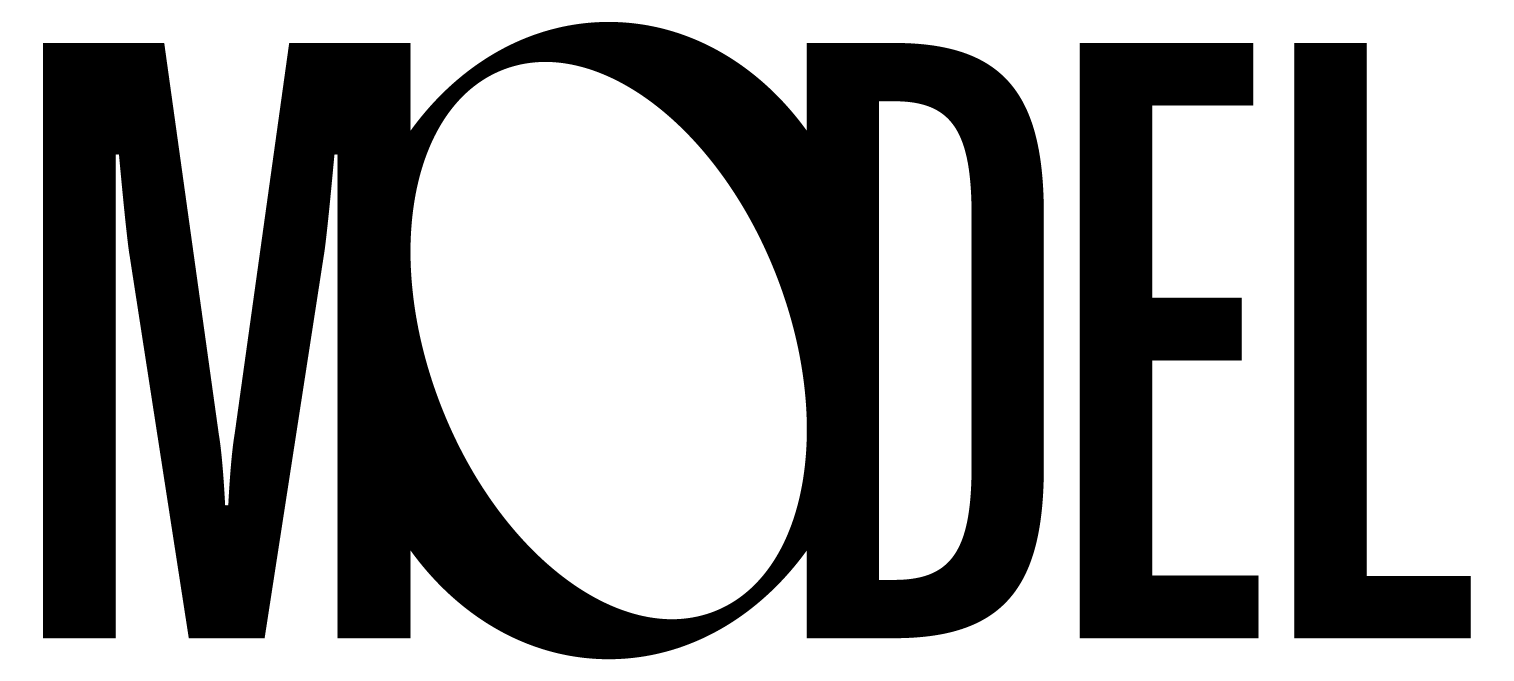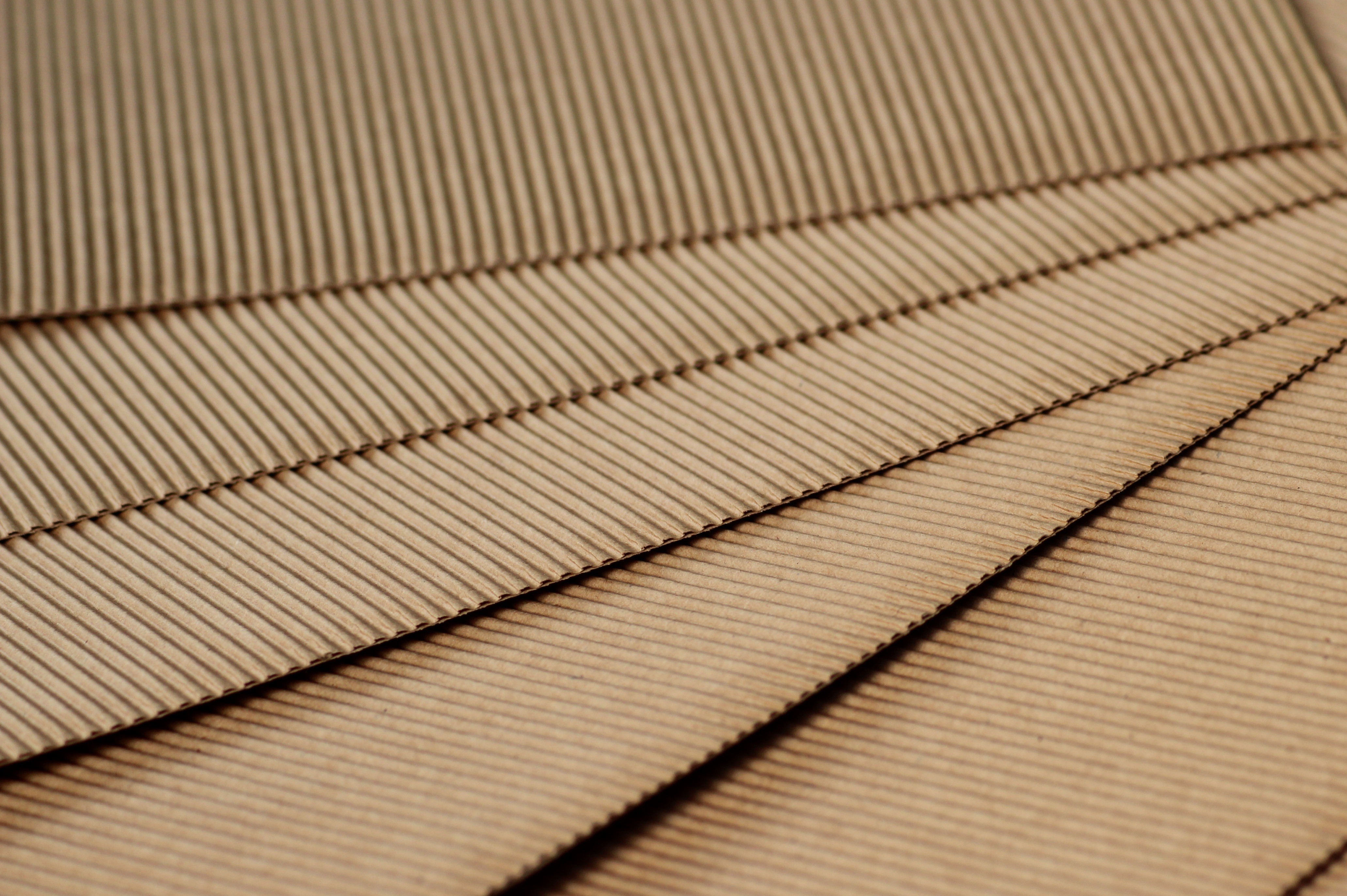Material science - everything you should know about our raw material
Some people call waste paper waste, but for us, waste paper is the source of creating something new. Waste paper is our most important raw material to be able to produce paper and then various types of cardboard. Manufactured using similar processes, our packaging materials differ in terms of their grammage or area-related mass.
Corrugated base paper - the soul of every corrugated board
In the production of paper, we remain true to the basic principles that have existed for around 2000 years. Although we have taken advantage of technological advances in the meantime, we still need wood fibres, water and energy for paper production. The difference between artisanal and machine production lies in the fact that individual sheets were created manually, whereas today's machine production results in an endless web of paper.
Today, it is hard to imagine daily private and professional life without paper, despite the rapid pace of digitalization. As the only manufacturer of corrugated base paper in Switzerland, we produce around 410,000 tonnes of corrugated base paper annually with our three paper machines. Our investment in a paper mill in Eilenburg, located in eastern Germany, will increase our volume accordingly in the future.
We value the pursuit of awareness. Therefore, it is a pleasure for us to make an active contribution to the circular economy with the production of environmentally friendly packaging materials.
Corrugated cardboard - a wave that never breaks
In the case of corrugated board, the name alone provides information about the properties. The corrugated base paper produced by Model is used to glue different paper webs together to create corrugated cardboard. At least one fluted paper web, the so-called wave, is glued between two smooth paper webs, the cover papers.
The corrugated board is produced in corrugators (corrugators). We refer to the semi-finished products produced on our corrugators as "corrugated sheets". The corrugated cardboard sheets intended for further processing are produced in various qualities, as well as single, double or triple shafts. The different paper qualities and types of flutes enable us to meet the most diverse customer requirements for packaging in further processing.
Solid board - perceptible robustness and elegance
Characterized by a massive material density, a homogeneous structure and reliable robustness, the product experience is guaranteed not only visually but also haptically. This is our solid board or cardboard. The cardboard made of up to 100% recycled material has become indispensable in various industries, such as the food or cosmetics industry.
Solid board consists of one or more gautsched or several glued layers. Solid board packaging material is particularly robust and resistant because, unlike corrugated board, there is no air between the paper webs. Moisture is not primarily a challenge, as the packaging material is only slightly sensitive thanks to its high density. The smooth surface has optimal printing possibilities and is therefore ideal for unique and unusual designs.
Laminated cardboard - combine without laminating
In the packaging industry, lamination is when a corrugated board is supplemented with a high-quality printed surface. Both rolls or individual sheets of corrugated cardboard can be used as carriers for lamination. Blanket paper is usually coated paper, which in turn is joined to the backing by a pre-printed roll or individual printed sheets.
Inline, offline, and sheet-to-sheet lamination are the three methods of lamination. The process to be used is determined on the basis of the desired packaging properties. In addition, certain laminating systems can also be used for productions in which the carrier is a single-sided corrugated board.

